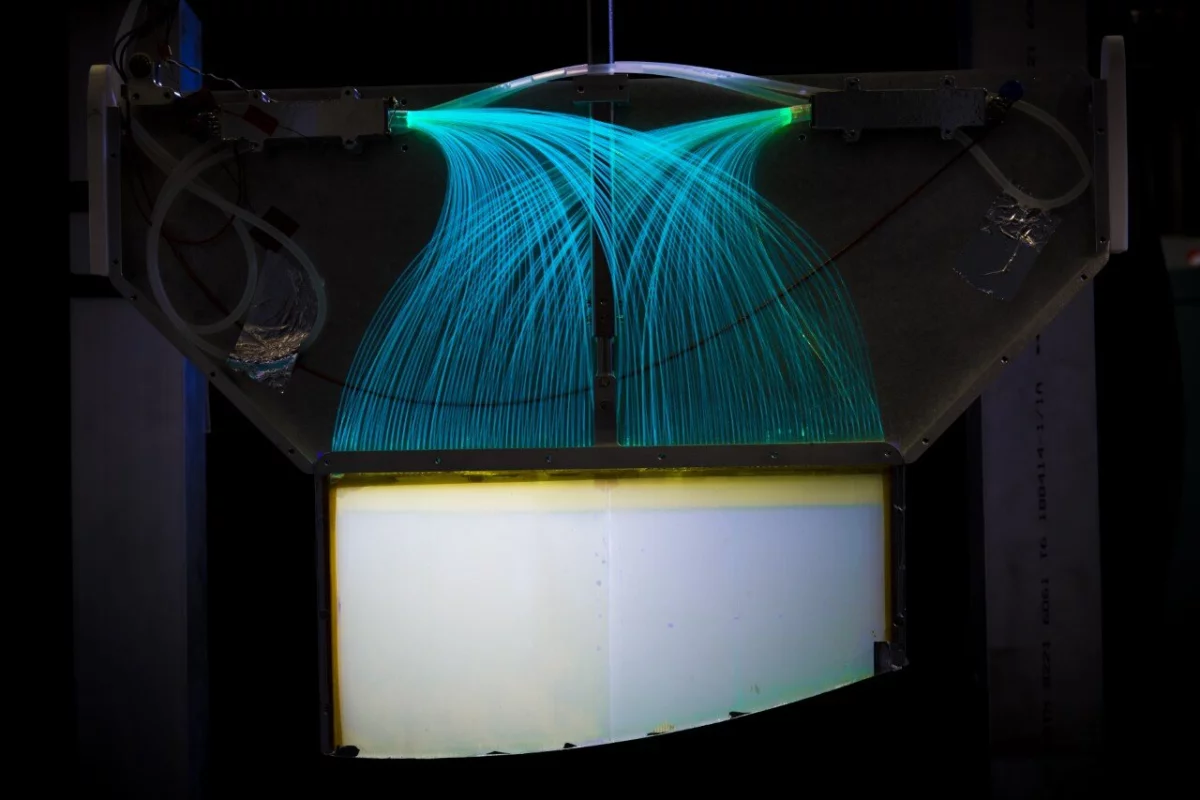A new "bathtub" experiment has allowed physicists to measure the lifetime of a free neutron far more precisely than ever before. The breakthrough could help probe the fringes of the Standard Model of particle physics, as well as mysteries like dark matter and the early stages of the universe.
Neutrons are mostly found in the nucleus of atoms, but they can also be produced on their own through processes like nuclear reactions or cosmic rays interacting with atoms in the atmosphere. These “free neutrons” are unstable and will decay into a proton, electron and antineutrino – but exactly how long that process takes is contentious.
Physicists measure the average lifetime of free neutrons using one of two main methods – a “bottle” or a “beam.” The former involves putting free neutrons in a bottle-like instrument, waiting a certain amount of time, then counting how many remain. The latter involves generating a beam of neutrons, then counting how many protons are produced as the neutrons decay. Frustratingly, the two techniques consistently offer different values – bottle neutrons live about 14 minutes and 39 seconds on average, compared to 14 minutes and 48 seconds for beamed neutrons.
Nine seconds might not sound like a major discrepancy, but it has huge implications for a range of important calculations in physics. Even weirder, the difference has only grown wider as each method becomes more precise, and there's no overlap between their ranges. This could indicate that one technique is doing something wrong, scientists are overestimating their certainty – or that unknown physics are interfering.
"The process by which a neutron 'decays' into a proton – with an emission of a light electron and an almost massless neutrino – is one of the most fascinating processes known to physicists," says Daniel Salvat, lead investigator of the study. "The effort to measure this value very precisely is significant because understanding the precise lifetime of the neutron can shed light on how the universe developed – as well as allow physicists to discover flaws in our model of the subatomic universe that we know exist but nobody has yet been able to find."
Scientists now say they’ve measured the lifetime of the free neutron more precisely than ever before. At Los Alamos National Laboratory, the team set up an experiment called UCNtau, which is a variation on the bottle method which they call a “bathtub.”
Neutrons are cooled to almost absolute zero – UCN stands for “Ultracold Neutrons” – then placed into an instrument that levitates them with thousands of magnets. After 30 to 90 minutes, the scientists count the surviving neutrons to calculate their average lifetime. Using this method, the team counted around 40 million neutrons over two years, to finally reach their figure.
According to the new study, the average lifetime of a free neutron is 14 minutes and 37.75 seconds. The researchers say they’ve measured this with more than twice the precision of previous measurements, bringing the uncertainty down to just 0.039 percent.
The team says that understanding this figure more precisely can inform a huge range of important questions in cosmology and physics, such as how the first atomic nuclei were formed, and the relative amounts of elements created in the early universe. There’s even a chance that neutrons decay into dark matter, which could explain the discrepancy between bottle and beam measurements.
The research was published in the journal Physical Review Letters.
Source: American Physical Society via Phys.org




